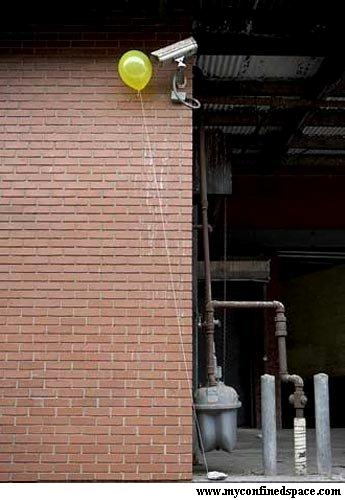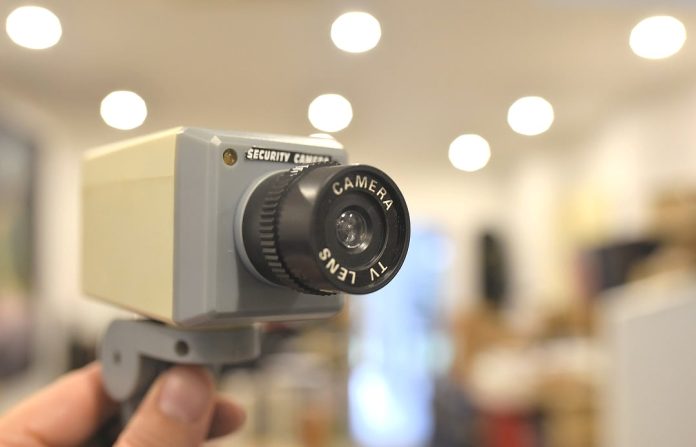Contents
World’s Worst CCTV Cameras
World’s worst CCTV cameras – What are the qualities of the world’s worst CCTV cameras?
The world’s worst CCTV cameras use plastic lenses with wide tolerances producing deep bands of chromatic aberration and having dome bubbles positioned at a distance from the sensor optimised for maximum bubble reflections.
These cameras feature poorly designed sensors that allow electrical signals to leak across pixels during operation, leading to apocalyptic levels of blooming in the presence of strong light. Claims of wide dynamic range are usually extravagant but real-world performance never matches.
Barrel distortion can be a feature of poor camera design, but it may also serve your purposes in wide-angle applications. For typical street viewing, distortions of greater than 10 per cent will degrade detail in the affected areas, and it’s best to limit the angle of view to 105 degrees in most applications to limit distortion and pixel spread. But the world’s worst CCTV cameras have no such compunction.

The world’s worst CCTV cameras offer high resolution but they ‘manufacture’ it by upscaling lower resolution sensors to bloat an image stream, so it appears to offer 4K when all it’s doing is adding digital artefacts to a video stream. Interpolation decreases the quality of digital zoom performance and overworking a processor not designed for 4K so that it uses more power, generates more heat and is less reliable than a true 4K sensor engine.
Despite claims of high resolution, the world’s worst cameras will deliver strangely murky images that are short on contrast and devoid of sharpness in a range of real-world situations. Face recognition will be near impossible in low light thanks to motion blur and IR flare.
Other features of the world’s worst CCTV cameras include the inability to deal with shaded faces in the presence of strong backlight leading to underexposure, widespread tone mapping around moving objects, especially as light fades, and motion blur the engineers must have shaken their heads at in the test lab.
There will also be unbalanced white and/or IR support, with LEDs focused on a single point in the centre of the image, instead of covering as much as possible of a camera’s 100-degree angle of view.
The worst cameras might claim to meet IP66 ratings against dust and water ingress, but domes have openings between the housing and backing plate that will allow water to seep in when they are not installed in undercover applications or when workers clean them with a high-pressure hose.
Worst CCTV Cameras
The world’s worst CCTV cameras will be manufactured using non-UV stabilised poly. After a couple of years, their housings will begin to crack, and their dome bubbles will become opaque. Their fixings of low-grade steel will turn to oxide after exposure to stainless steel straps or aluminium utility poles.

Some of the world’s worst CCTV cameras claim to be very good at recognising people and objects, but while they are capable of isolating movement, when you call up captured images, court-admissible evidence is nowhere to be found.
The world’s worst cameras have poor cyber security that is never updated, short warranties from manufacturers, which are often at arm’s length from the lowest-grade versions of their products, and no local support.
All that recommends these cameras is low cost and a potential for increased margin that’s almost never passed on to the uneducated user.
Don’t miss SecTech this May and see more security news at SEN.
If you ever have any questions that relate to CCTV or security cameras, please do not hesitate to write in and we would be more than happy to assist.











